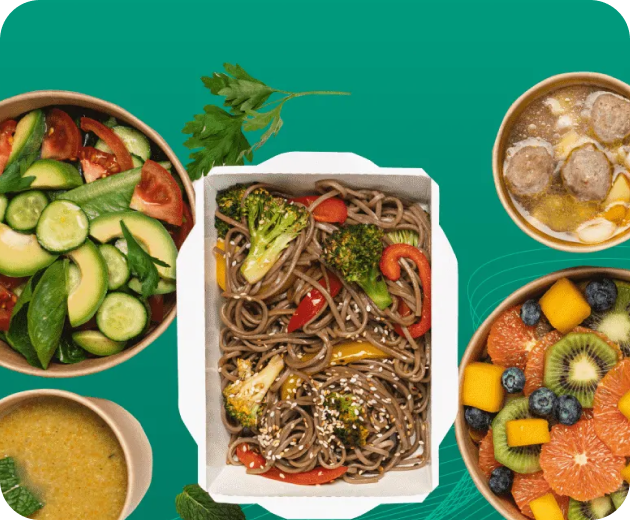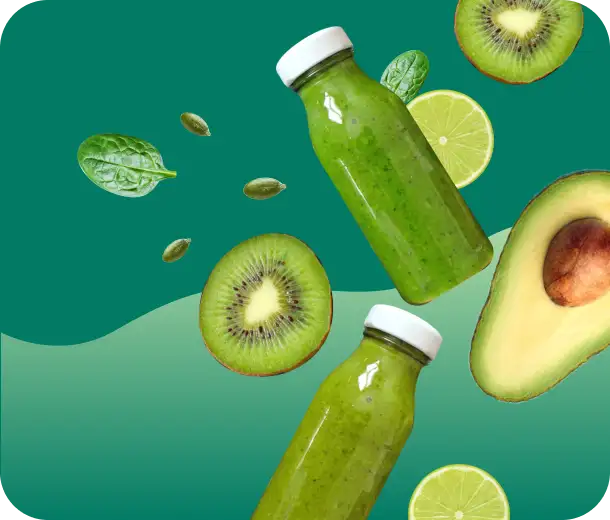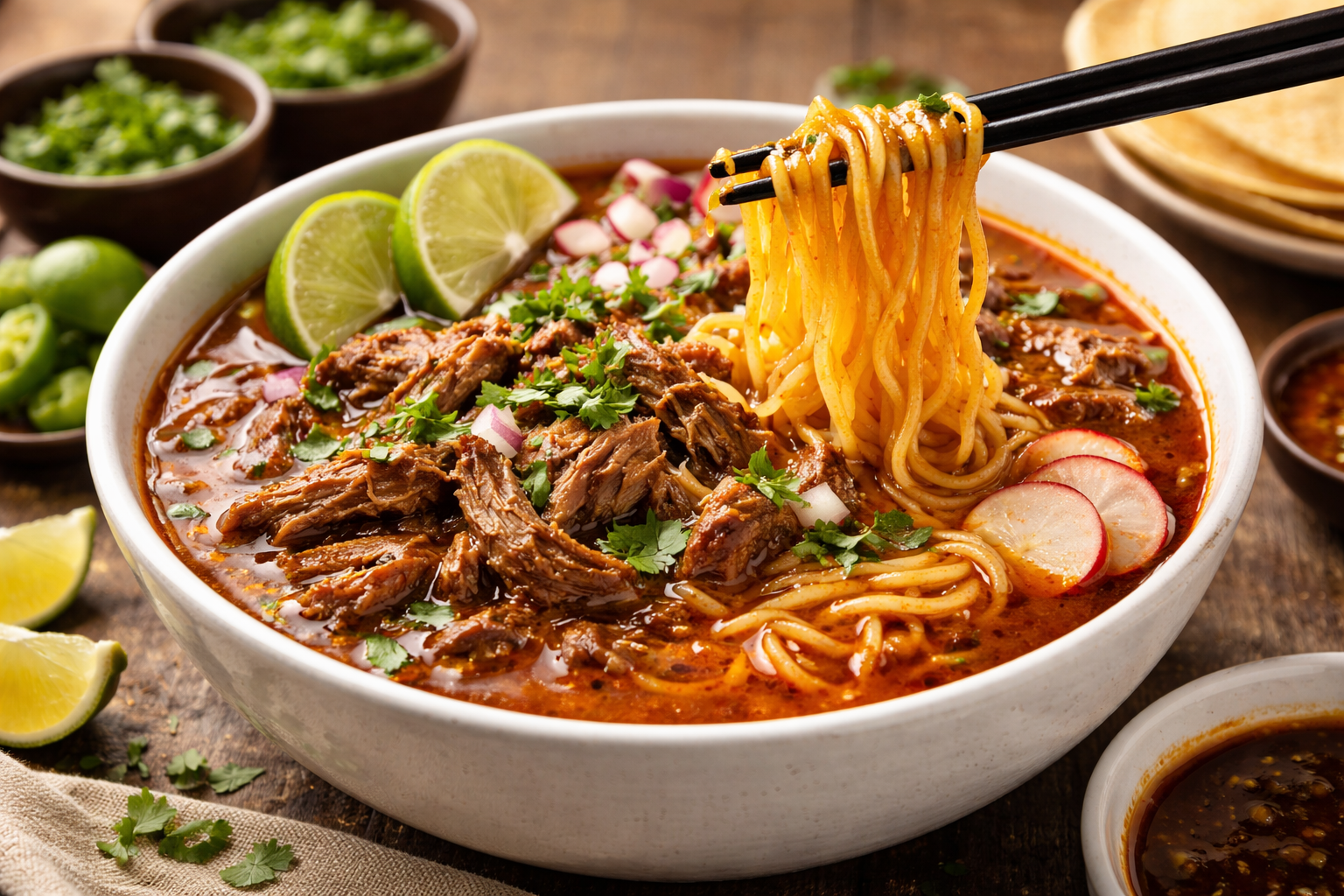10 Food Advertising Tricks to Capture Consumer Interest and Boost Sales
In competitive marketing, effective food advertising tricks can greatly boost consumer interest and drive sales. These tricks capture attention and create lasting impressions, encouraging potential buyers to engage with the product.
Let’s dive into five food advertising tricks that can help you stand out in a crowded market and increase your chances of success.
What Are Food Advertising Tricks?
Food advertising tricks are methods used by marketers and food stylists to make food products look more attractive and appetizing in advertisements.
These techniques can range from using non-edible substitutes to enhance the visual appeal of food to manipulating the environment and presentation to create a more desirable image.
The goal is to entice consumers and influence their purchasing decisions by presenting food in the most appealing way possible.
10 Common Food Advertising Tricks for Consumers
Mashed potatoes as a stand-in for ice cream
Ice cream melts quickly under hot lights, so mashed potatoes are often dyed and used instead. This ensures the “ice cream” looks perfect throughout the photoshoot.
Glue in place of milk
To keep cereal looking fresh and crunchy, glue is used instead of milk. It prevents the cereal from becoming soggy during long shoots.
Shoe polish on steaks
To give steaks a perfect grilled appearance, shoe polish is often used to create the look of grill marks and enhance color.
Shaving cream instead of whipped cream
Whipped cream melts quickly under hot lights, so shaving cream is used to maintain a consistent look.
Engine oil on pancakes
To make syrup look more appealing and prevent it from soaking into pancakes, engine oil is used instead of real syrup. This gives the illusion of freshly poured syrup without the mess.
Food coloring to enhance color
Food coloring is often used to enhance the natural colors of food in advertisements. For example, bright red strawberries may be enhanced with food coloring to make them look more vibrant and appealing.
Styrofoam as a substitute for ice
Styrofoam is often used instead of real ice in advertisements for beverages. It maintains a consistent shape and doesn’t melt under hot lights, making it perfect for long photoshoots.
Cotton balls instead of steam
To create the illusion of steam rising from food, cotton balls are often soaked in water and microwaved before being strategically placed in photographs. This gives the appearance of freshly cooked and steaming food without the risk of it getting cold or overcooked during the shoot.
The use of cardboard in cake layers
To create perfect and consistent layers in cakes, cardboard is often used instead of actual cake. This allows for more control over the shape and structure of the cake, making it easier to achieve a flawless appearance.
Hair spray as a fixative
In food styling, hair spray is used as a fixative to keep food in place. It can help prevent toppings from sliding off or fruits from rolling around on cakes or other dishes.
How to Maximize Market Impact With Food Advertising Tricks
Maximizing market impact involves using these tricks strategically to enhance the effectiveness of food marketing. Here are some ways to do this:
- Consistency in branding: Ensure that all visual content aligns with your brand’s identity. This includes using the same color schemes, fonts, and styling across all platforms.
- High-quality visuals: Invest in professional photography and styling to create mouth-watering images that grab attention.
- Emotional appeal: Use storytelling to create an emotional connection with consumers. Share the origins of your ingredients or the story behind your recipes.
- Innovative techniques: Stay ahead of trends by experimenting with new techniques and technologies in food styling and advertising.
Using these strategies, companies can create more engaging and effective food advertisements that resonate with their target audience.
4 Benefits of Using Food Advertising Tricks
The use of food advertising tricks offers several benefits:
- Enhanced visual appeal: These tricks make food look more attractive, increasing the likelihood of capturing consumer attention.
- Increased sales: By making food products look more appetizing, these tricks can drive higher sales.
- Brand differentiation: Unique and visually appealing advertisements help differentiate a brand from its competitors.
- Emotional connection: Creating visually appealing food ads can help establish an emotional connection with consumers, fostering brand loyalty.
4 Challenges in Implementing Them
While food advertising tricks offer many benefits, they also come with challenges:
- Ethical considerations: Using deceptive techniques can mislead consumers and damage brand trust if discovered.
- Regulatory compliance: There are regulations governing advertising practices, and non-compliance can lead to legal issues.
- Cost: High-quality food styling and photography can be expensive, requiring significant investment.
- Consumer backlash: If consumers feel deceived, it can lead to negative publicity and harm the brand’s reputation.
What is the Future of Food Advertising?
The future of food advertising lies in balancing innovation with transparency. As consumers become more aware of advertising tricks, brands must adapt by being more transparent about their practices.
Emerging technologies such as augmented reality (AR) and artificial intelligence (AI) offer new opportunities for creating immersive and personalized advertising experiences.
Additionally, there is a growing trend towards sustainability and health-conscious marketing. Brands that highlight their commitment to sustainable practices and healthy ingredients are likely to resonate more with modern consumers.
At Tastewise, we leverage AI-driven insights to help brands stay ahead of trends, validate concepts, and execute precise, effective campaigns.
FAQs
Yes, but they must comply with advertising regulations and not mislead consumers.
If discovered, deceptive tricks can damage consumer trust. Transparency and ethical practices are still important.
While some tricks can be costly, there are cost-effective methods and DIY techniques that small businesses can use.
Use high-quality visuals, storytelling, and consistent branding to create more engaging food ads.
So, while food advertising tricks are essential tools for creating visually appealing advertisements that drive consumer behavior, marketing teams need to do so in an ethical manner.
Final Thoughts
By understanding and strategically implementing these ‘tricks’, brands can maximize their market impact, enhance sales, and build stronger connections with their audience.
However, it is crucial to balance these practices with ethical considerations and transparency to maintain consumer trust and loyalty.




